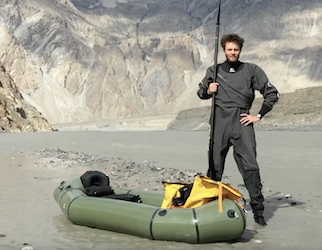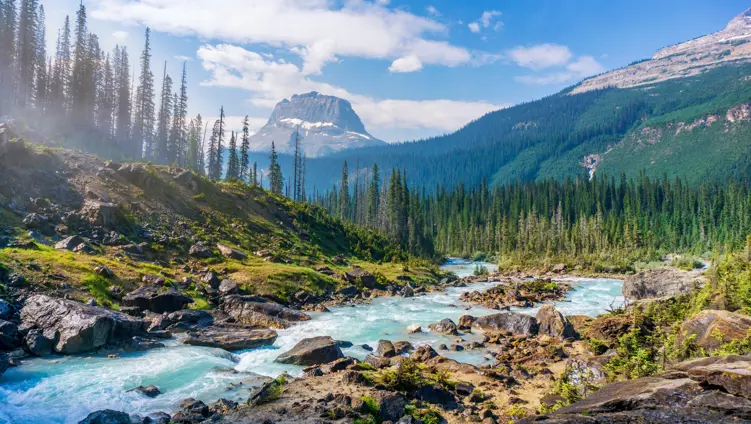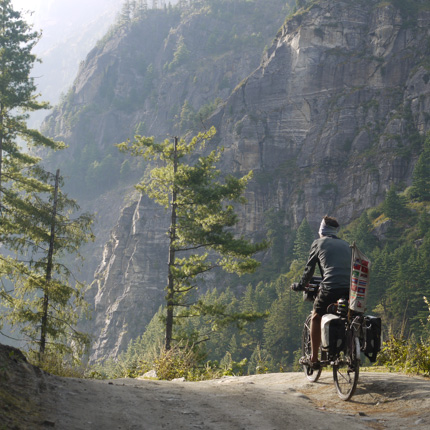Published on 20th May 2019
During an epic raft trip down Pakistan’s Hunza River, Jonathan Rider and Edmund Le Brun witnessed how investment from China is bringing many economic opportunities to local communities, but also new cultural and environmental pressures








